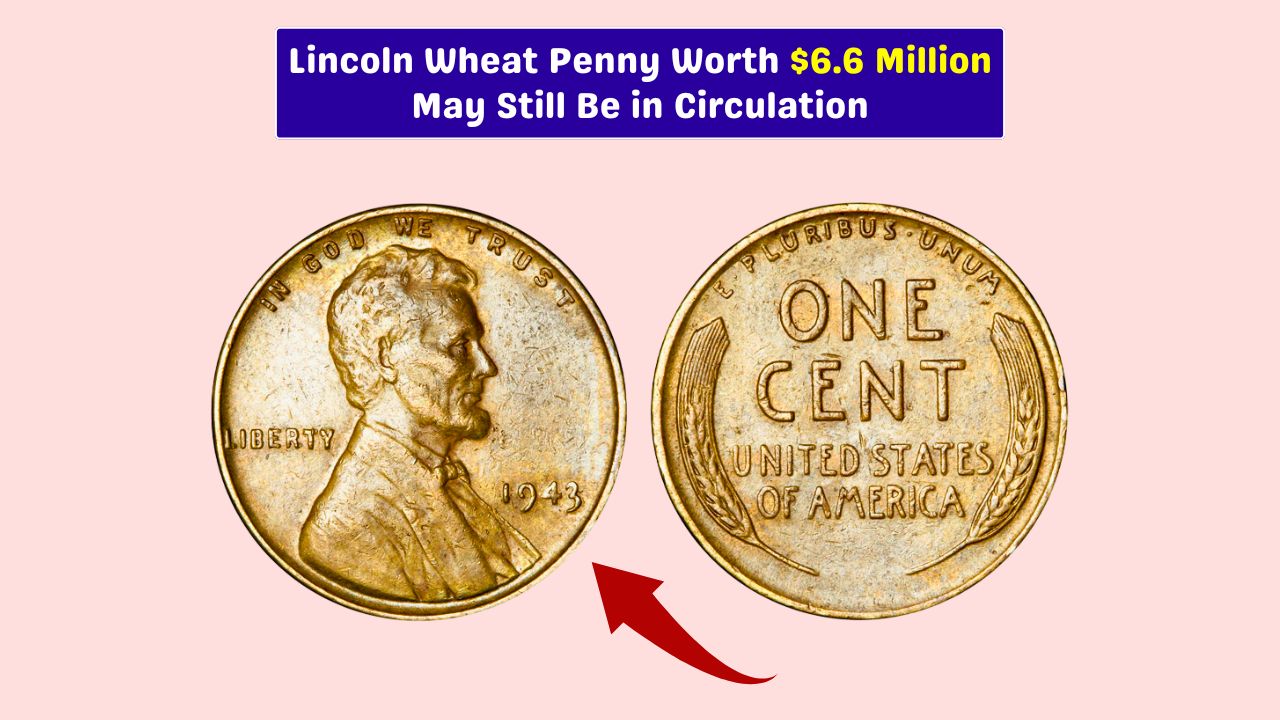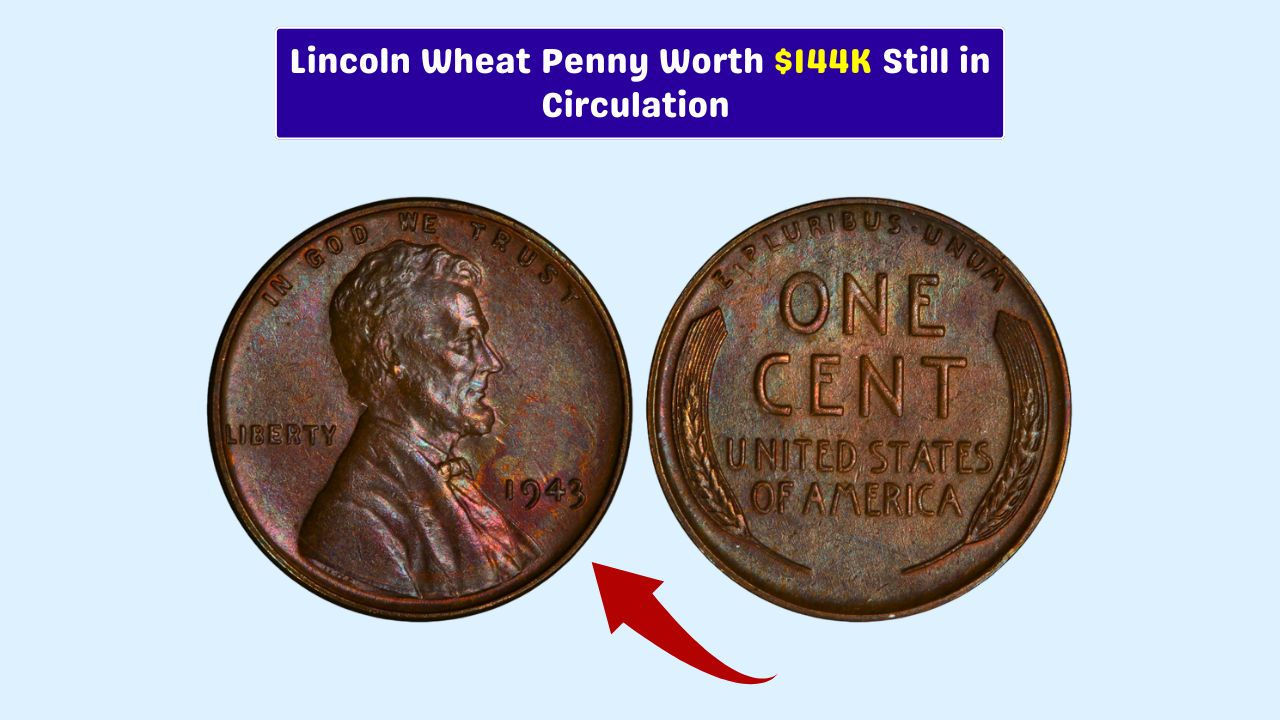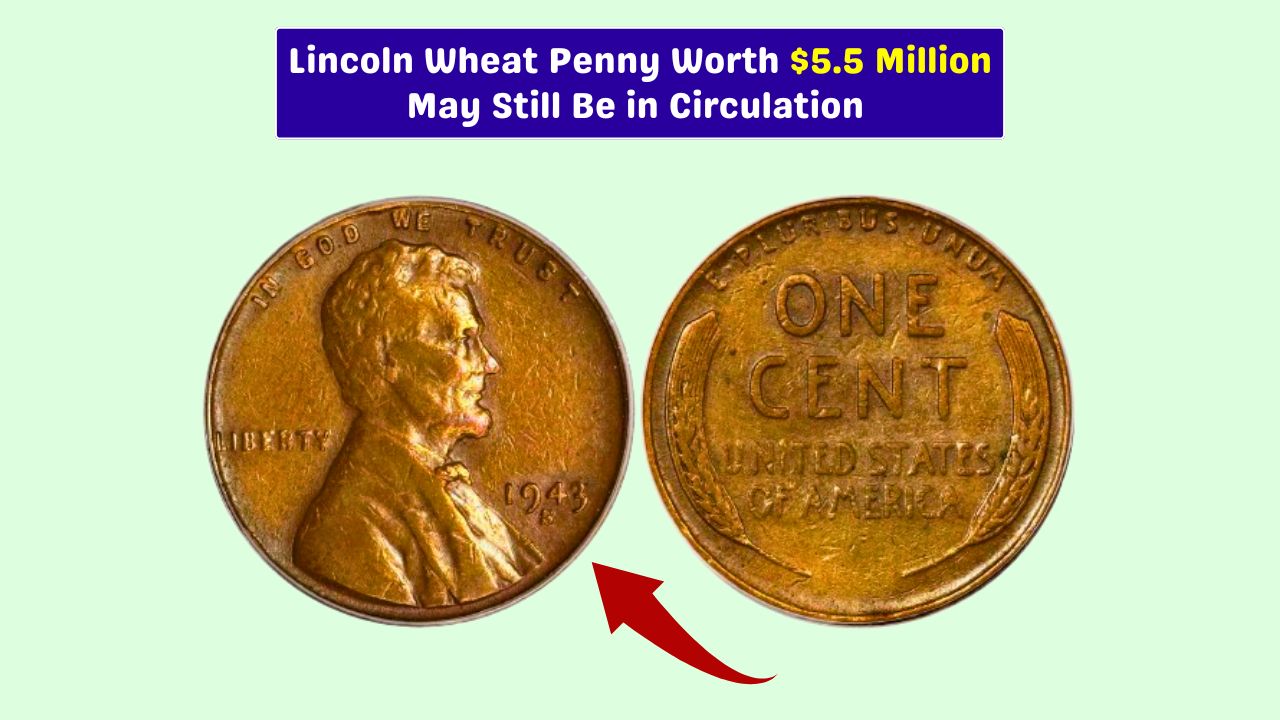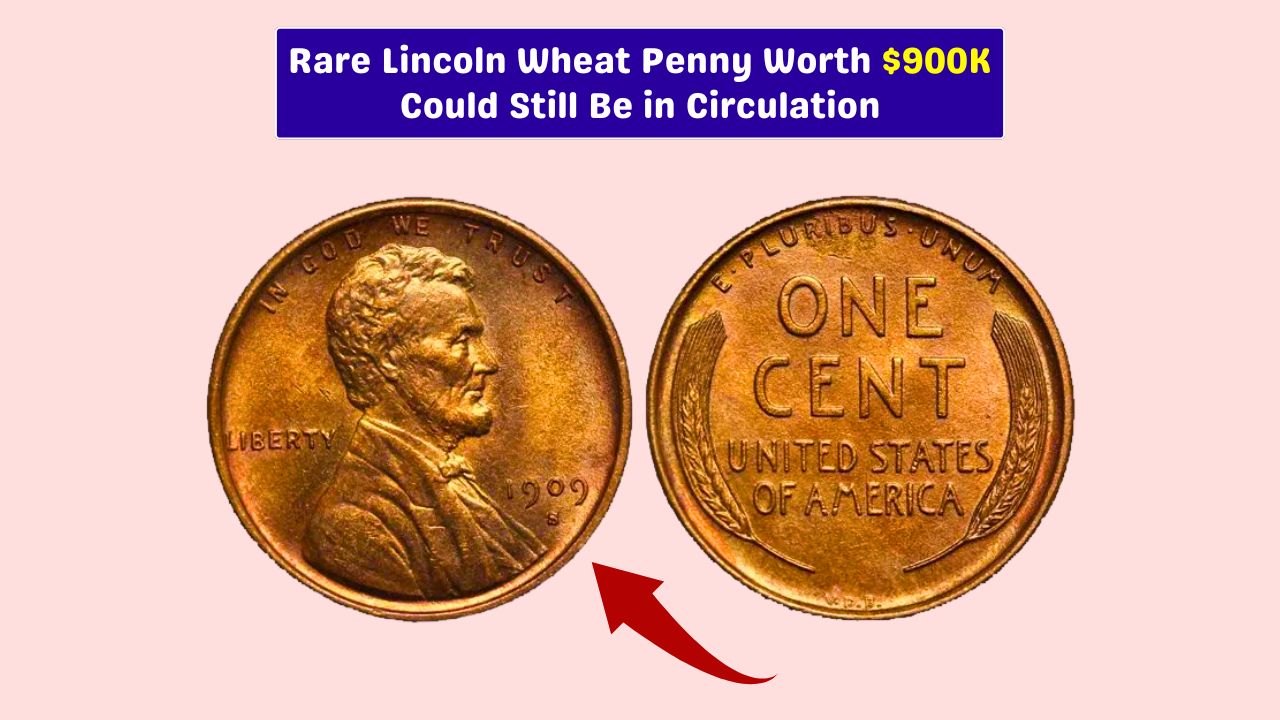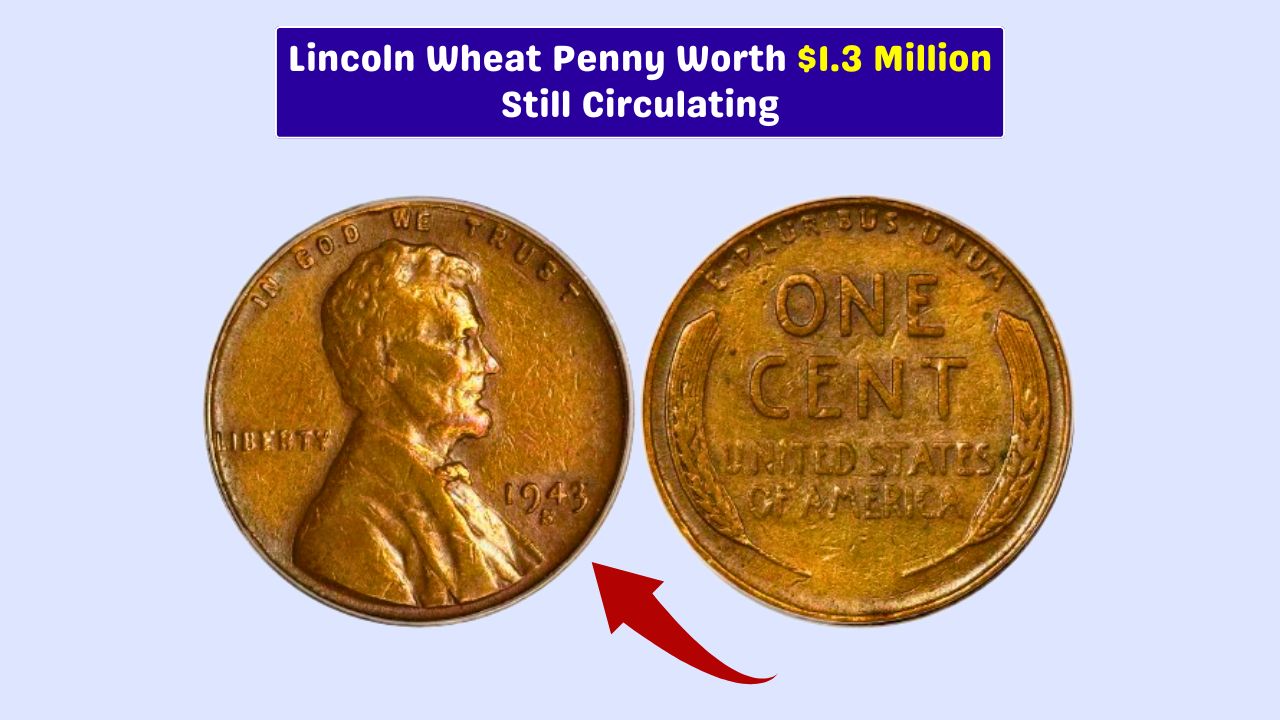Most of us don’t think twice about tossing a penny into a drawer or losing one under the couch. But what if that ordinary-looking coin was actually worth $6.6 million — over ₹55 crore? That’s exactly the case with one rare 1943 Lincoln Wheat Penny that could still be floating around in everyday circulation.
This isn’t just some collector’s fantasy. It’s a real story, backed by experts, and the most amazing part? You might unknowingly have one sitting in a jar at home.
History
The Lincoln Wheat Penny, also known as the Wheat Cent, was introduced in 1909 and minted until 1958. It was a big deal because it was the first U.S. coin to feature a real person — President Abraham Lincoln — on the front. On the back, you’ll see two curved wheat stalks, which gave the coin its iconic nickname.
Most of these pennies are common and worth face value. But in 1943, something unusual happened — a mistake at the U.S. Mint that turned a few pennies into multimillion-dollar treasures.
Error
In 1943, World War II was in full swing. Copper was a critical resource, so the U.S. Mint decided to make pennies from zinc-coated steel instead. These steel pennies have a silver-grey look and are magnetic.
But here’s the twist: A few leftover copper blanks from previous years accidentally made their way into the minting machines. These bronze-colored 1943 pennies were never meant to exist, and only about 15 to 20 are known today.
That manufacturing slip-up turned these coins into legendary collector’s items — and one of them is now worth $6.6 million.
Value
So, why such a massive price tag for a one-cent coin? Here’s the breakdown:
- Extreme Rarity: Only a handful were ever made
- Historical Importance: Linked to World War II
- Mistake Origin: Error coins are hot among collectors
- Auction Demand: Wealthy collectors will pay top dollar
One of these rare 1943 copper pennies fetched $6.6 million at auction due to its pristine condition and backstory. This is no joke — it’s one of the most expensive pennies ever sold.
Spotting
Think you might have one of these treasures? Here’s how to tell:
| Test | Copper Penny (Rare) | Steel Penny (Common) |
|---|---|---|
| Date | 1943 | 1943 |
| Color | Reddish-brown | Grey-silver |
| Weight | 3.11 grams | 2.7 grams |
| Magnet Test | Not magnetic | Magnetic |
| Grading | Use PCGS or NGC | Use PCGS or NGC |
If your 1943 penny is copper-colored and doesn’t stick to a magnet, get it verified. A professional coin grading service like PCGS or NGC can tell you if it’s the real thing.
Circulation
Now here’s the exciting part — this penny might still be out there. That’s right. These coins have popped up in the most unexpected places: old piggy banks, family coin collections, or loose change forgotten in drawers.
Because they look like normal pennies, most people don’t even check. That’s why it’s entirely possible one is still sitting in someone’s pocket or coffee can — unnoticed and wildly undervalued.
So next time you get change from a cashier or dig through a coin jar, don’t ignore the pennies. You could be holding the key to a millionaire lifestyle.
FAQs
What is a 1943 Lincoln Wheat Penny?
A rare U.S. penny mistakenly made from copper in 1943.
How much is the rare penny worth?
One sold for $6.6 million due to its rarity.
How do I test if my penny is steel or copper?
Use a magnet. Steel sticks; copper doesn’t.
Can this penny still be in circulation?
Yes, it might be hiding in old jars or change.
Where can I get it verified?
Send it to PCGS or NGC for professional grading.

